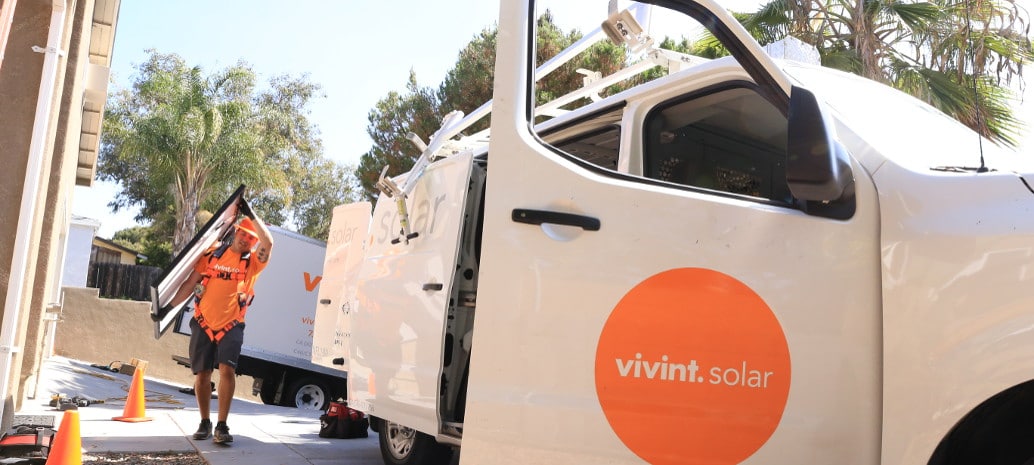The last few quarters have been tough for many of the largest residential solar companies, with the share of leases and power purchase agreements declining compared to direct sales and residential market growth slowing in California, the largest state market.
These were echoed in the fourth quarter and full year 2016 results of Vivint Solar, which has been focused on improving profitability and access to financing instead of growing market share. During the quarter Vivint grew revenues 161% year-over-year to $42 million, largely due to increased direct sales and fewer third-party transactions, but only installed 47 MW, its lowest level since the first quarter of 2015.
Quarterly losses at the company remained significant, with a $38 million operational loss and a net loss of $45 million. This is an improvement on the first half of the year, and over the full year 2016 Vivint’s revenue was only $135 million, against a $243 million net loss.
Such quarterly losses are typical for third-party solar companies, which build long-term value as they accumulate rooftop solar assets. Vivint Solar increased net retained value on the over 100,000 systems it has deployed to $639 million during the quarter.
Vivint also decreased its installed cost per watt to $3.08, with a significant decrease in the cost of physically deploying assets. However, the company reported high selling costs, and its highest general and administrative costs in at least 2 1/2 years at $0.40 per watt.
Where Vivint can report clear success is in financing, which was a struggle for the company in the wake of the failed acquisition by SunEdison. “We have a capital structure that is better than we have ever experienced,” reported CEO David Bywater on the company’s quarterly results call.
After closing on several transactions, Vivint now reports $363 million in tax equity in four funds, which it estimates will support roughly 217 MW of solar – roughly what the company expects to install over the full year 2017. Overall, Vivint holds $630 million total project financing.
The company’s future forecast is perhaps better than its Q4 results. While Vivint expects to install only 43-46 MW by the end of the first quarter of 2017, the company booked 57 MW during Q4. This means that its backlog of projects is growing, and Vivint expects its installations to increase during the summer months.
Vivint also expects to bring costs per watt down to around $3.00 per watt during the first quarter, and to reach around $2.88 per watt over the full year.
During the full year Vivint expects to install 210-230 MW, with a mid-point around 2016 levels. It is clear that while many metrics have improved, that Vivint is still focused on getting itself on solid footing. “We’re rebounding from last year,” stated an executive on the company’s call.
This content is protected by copyright and may not be reused. If you want to cooperate with us and would like to reuse some of our content, please contact: editors@pv-magazine.com.









By submitting this form you agree to pv magazine using your data for the purposes of publishing your comment.
Your personal data will only be disclosed or otherwise transmitted to third parties for the purposes of spam filtering or if this is necessary for technical maintenance of the website. Any other transfer to third parties will not take place unless this is justified on the basis of applicable data protection regulations or if pv magazine is legally obliged to do so.
You may revoke this consent at any time with effect for the future, in which case your personal data will be deleted immediately. Otherwise, your data will be deleted if pv magazine has processed your request or the purpose of data storage is fulfilled.
Further information on data privacy can be found in our Data Protection Policy.